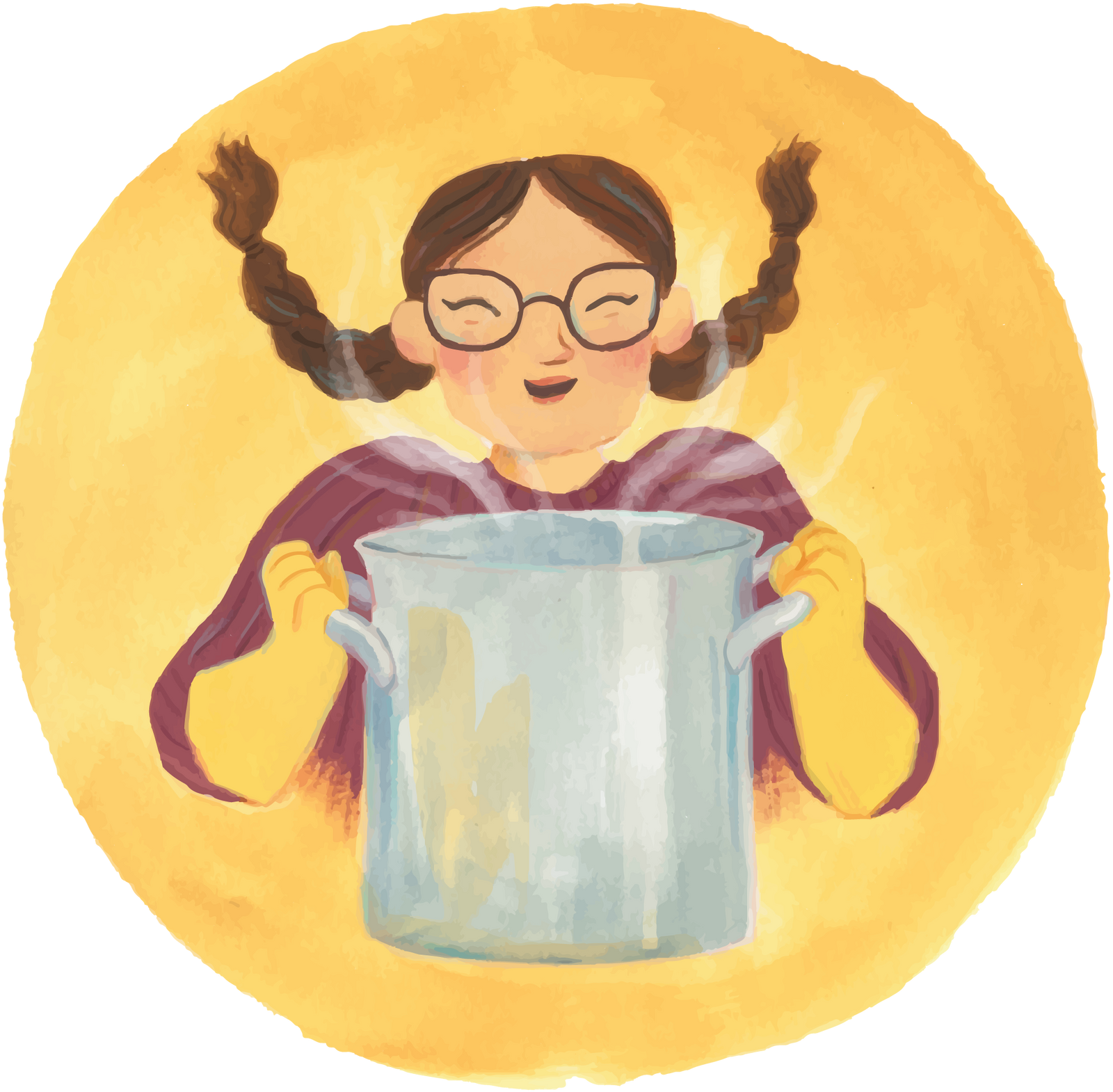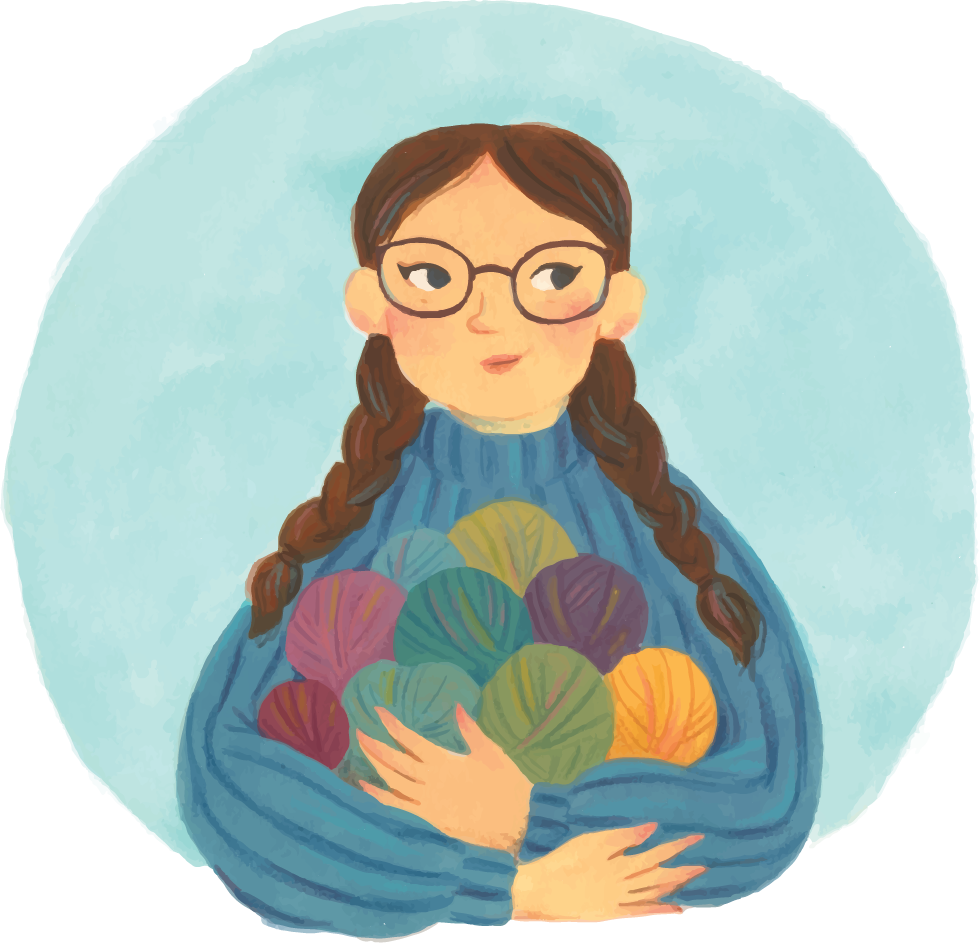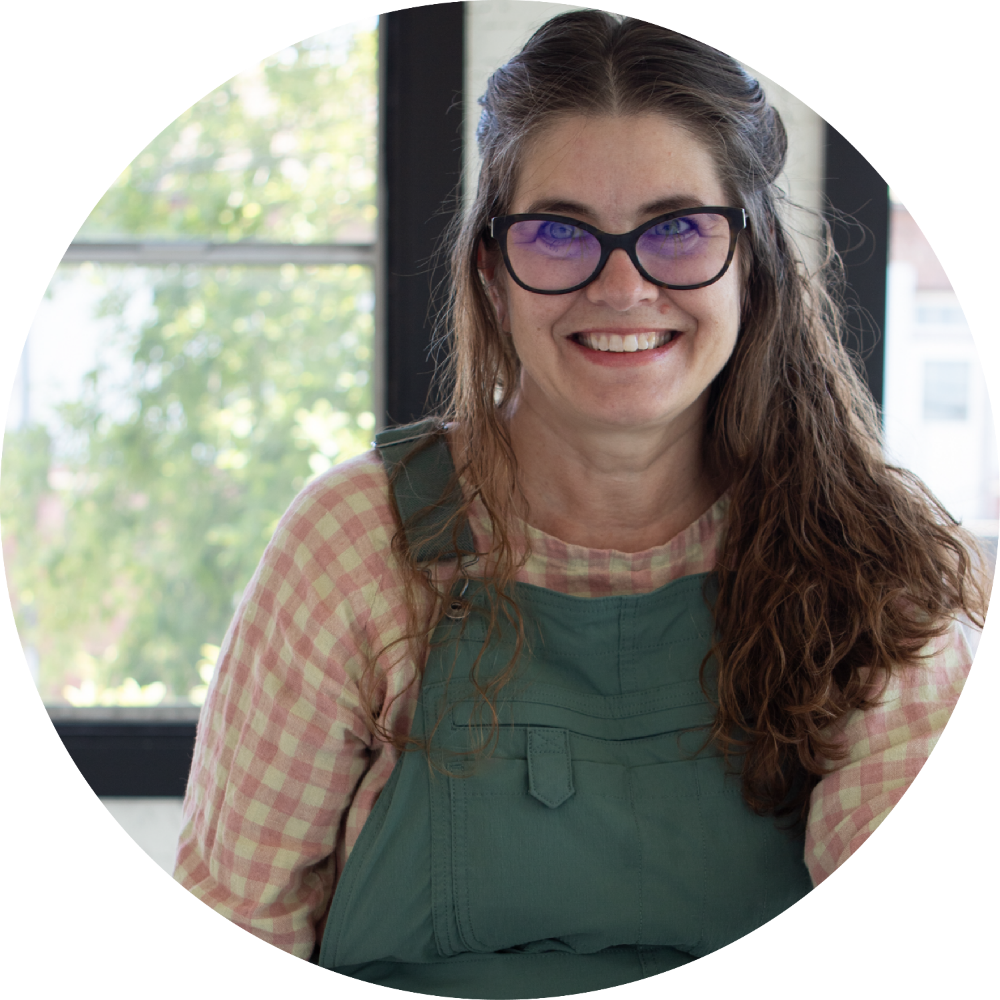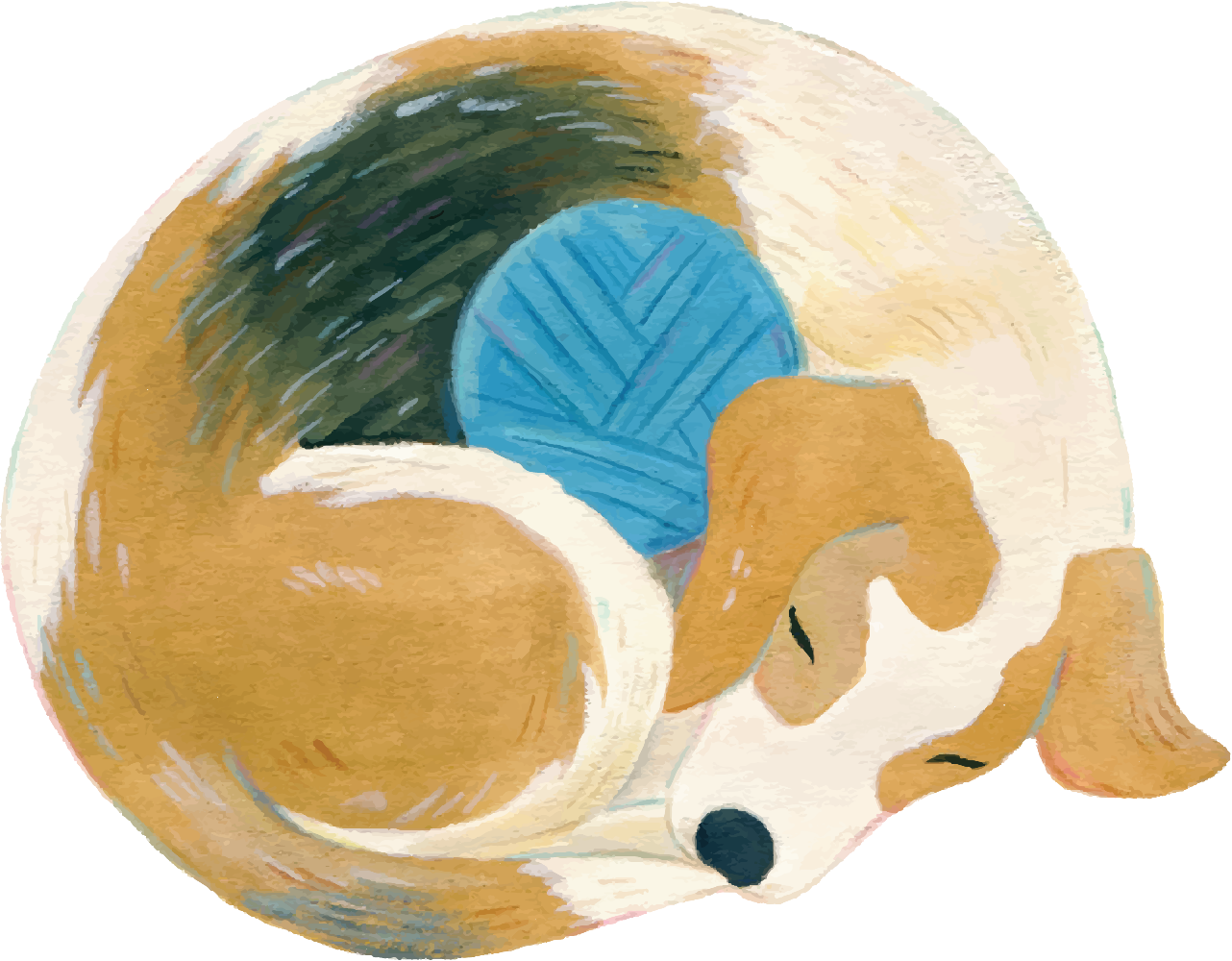shop
knitting-help
about-me
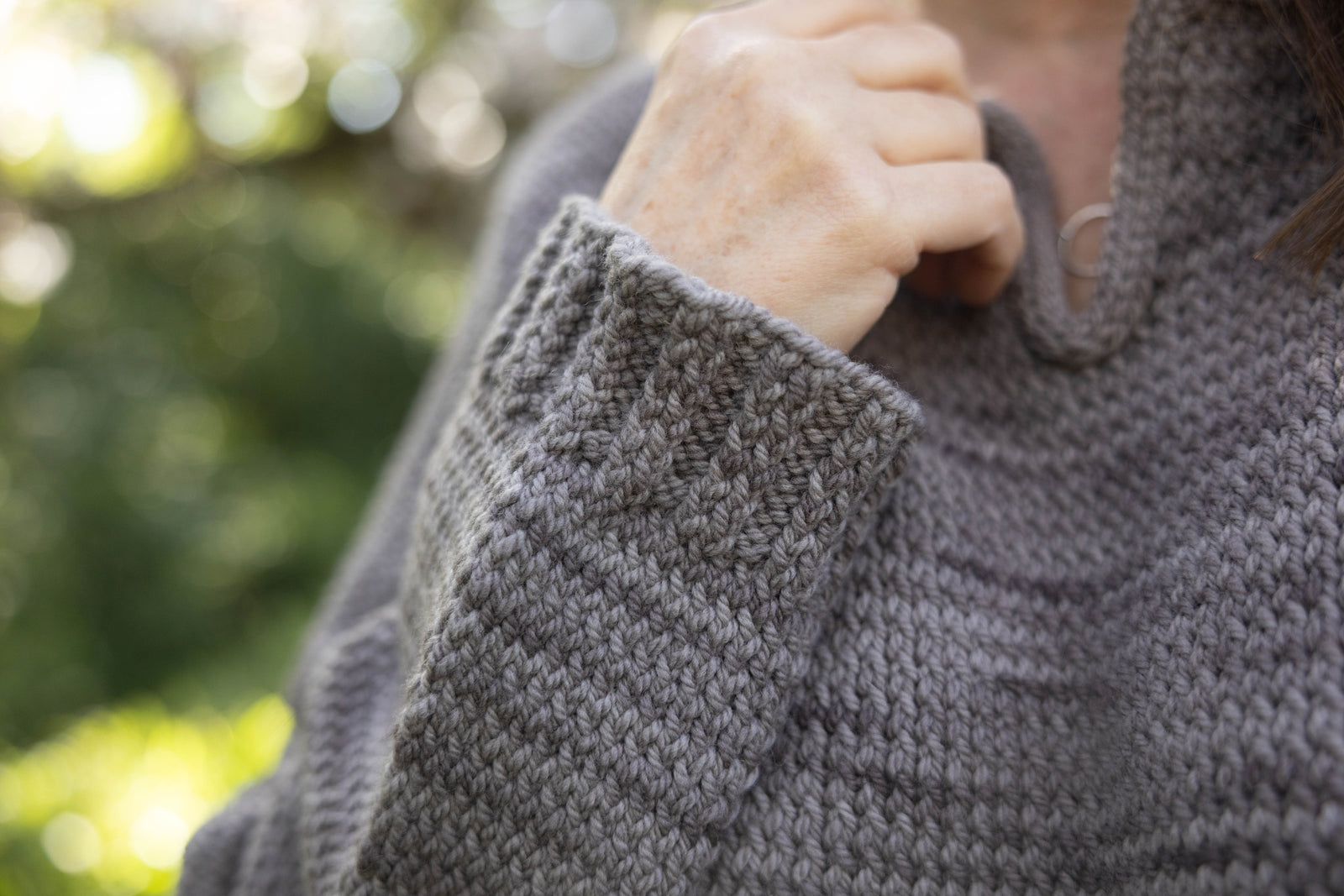
A primer on test knitting
I don’t publish many knitting patterns. I’m primarily a yarn dyer and kit maker, but I also enjoy learning and trying new things, so I’ve learned how to write knitting patterns, bring design ideas to life, and grade garments for a wide range of body sizes and shapes.
You have likely heard the term “test-knit” before: it refers to knitting or crocheting a pattern that hasn't been released yet. For many designers, running a test-knit of a pattern is an essential step in the design process. I’ve long felt that the test-knitting has a lot of values that are unconsciously embedded in the process.
About six years ago, I ran my first test-knit (for the Avonlea shawl, pictured below), and before I did, I queried folks on Instagram about their experiences with test-knitting.

I wanted to gather a wide range of input on how people felt about test-knitting and what might be the best practices, so that I could design a test-knitting process that aligned with my own values of equity and inclusion. The Avonlea shawl, my first ever test-knit, which I named a “preview knit.”
Instagram was a different platform six years ago, with fewer ads and a chronological feed of posts from all the people you followed. Professional influencers didn’t exist. At that time, I was able to have really interesting and amazing conversations with people in the comments sections of a post.
I learned a lot of things about test-knitting, like:
A whole lot of test-knitters—average knitters—were unhappy with test-knitting. They felt the process was exclusionary, requiring them to “buy” their way into being “part of the group,” by using the recommended yarn, which was often hand-dyed and expensive. Many people shared that, to them, the concept of test knitting reinforced the idea of an “in-group.”
There were occasional designers who spoke to the value of test knitting in making a pattern better—how it helped the designer clarify instructions and ensure a pattern was user-friendly. However, what stuck with me was that many commenters quite vulnerably admitted they felt ignored, undervalued, or left out of the test-knitting process.
This conversation reinforced to me even something as seemingly trivial as a test-knit can become a tool to include or exclude people if you’re not committed to looking at the way you’re doing things or the unintended consequences of doing things the way everyone else is. Unconscious bias shows up in so many ways, and it shows up a lot in test-knits around who gets chosen, why they're selected, and how that can prevent us from seeing the full diversity of our knitting world.
Over the years, I’ve continued to see stories pop up about the slightly seamy underside of test-knitting. Every few months, it seems, someone in a Reddit or Ravelry forum will share a bad experience, and each time, it seems to open up a vein of feeling from others who share similar stories of feeling excluded or worse, exploited.
So let’s look at how tests are usually run and why you might—or might not—want to participate in one.
 What is a “test knit” or “test crochet”?
What is a “test knit” or “test crochet”?
Testing is when you knit or crochet a pattern that hasn't yet been released. You provide feedback to the designer about what's helpful or not in their instructions, or you might catch and help correct a minor math error in the pattern. You contribute to making the pattern more user-friendly when it's formally released.
How do you find a test?
Knitwear and crochet designers typically invite people to apply as testers on their social media accounts, email lists, Ravelry groups, or through sites like Yarnpond for a test by announcing a “call for volunteers. Some calls are public, meaning that the designer publicizes them widely and accepts different volunteers for each test. Others are private, meaning that the designer has a short list of people they contact when a test becomes available.
Everyone does it differently, and each approach requires more or less work from the designer to evaluate, select, and notify test knitters or test crocheters.
How does a test work?
Most tests are organized like small, intimate make-alongs where you get to know and interact with the designer and the other people who are testing. You can provide feedback and interact with the designer and other participants via email thread, Instagram group DM, Ravelry group, Discord group, or Slack channel. I’ve seen tests organized in all of these ways.
Are you paid for a test, or given the yarn for it?
No, not usually. In a test (as opposed to creating a sample), you use your own yarn to knit the pattern, and you keep the finished item. Your labor, or the time you spend knitting or crocheting, is uncompensated.
Most designers will specify that you can use yarn from your stash or any yarn you want. Some designers may ask you to tell them in advance which yarn you plan to use, or show them pictures of the yarn colors as part of your application to test. In these instances, designers typically seek to include testers who will utilize a range of colors or yarns at different price points. This helps them market the pattern later, once it’s released.
 Jasmin Knitmore test-knit this pattern, Bandit Cardigan, for herself and her child. They kindly modeled for me. One of my favorite knitting memories remains the afternoon we spent taking photos, laughing, and play growling (above). By chance (or providence), we took some of the photos in a grove of pomegranates, which is an ancestral fruit for the Knitmores.
Jasmin Knitmore test-knit this pattern, Bandit Cardigan, for herself and her child. They kindly modeled for me. One of my favorite knitting memories remains the afternoon we spent taking photos, laughing, and play growling (above). By chance (or providence), we took some of the photos in a grove of pomegranates, which is an ancestral fruit for the Knitmores.
Why you might want to volunteer for a test
There can be many benefits to testing a pattern:
- It can be deeply gratifying to contribute to the work and growth of a designer whose work you admire.
- You can meet and form friendships with other testers in the group.
- It can be a vote for the kind of work and designers you want to see more of in the knitting or crochet world.
- If you like deadlines (and some people do!), it can be helpful to have a small amount of external pressure to keep you focused and working toward a finished project.
Things to keep in mind before volunteering for a test
A test is work—enjoyable work, but work nonetheless. You commit to a deadline, and you agree to keep in touch with the designer if things get in the way of meeting that deadline.
Designers set a time frame for each of their tests. Most are at least several weeks long, and if the test is for a garment, the testing period may be 12 weeks or more, depending on the complexity of the knitting or crocheting. For example, if it is for a highly cabled and textured garment or complex lacework, the test period might be even longer.
I usually plan for 1 week of knitting for every 200 yards, depending on knitting complexity. If a test is for a garment, I plan for a minimum of 12 weeks. This is on the longer side of what I usually see, which I think is a plus for everyone involved.
If you’re not paid, what do you get for test knitting?
You get the initial pattern for free, and you will likely get a final copy of the pattern once all tester input has been incorporated. The designer might thank you by giving you another one of their patterns for free.
Is testing a good thing or a bad thing?
Most of the designers, knitters, and crocheters I know have opinions about whether testing is a good thing, a bad thing, exploitative, or something in between.
Most designers I know have been ghosted by testers, which can be discouraging and frustrating.
Most testers I know also have at least one pretty shocking story about rude or dismissive behavior from a designer.
Very few designers are making a living wage for the time they spend writing knitting or crochet patterns. Many knitwear or crochet designers have caregiving or health needs that prevent them from accessing more traditional or higher-paid work. Also common is that being a knitwear or crochet designer can help a person build a “unicorn space” for themselves, a term coined by author Eve Rodsky, which means doing something tangible that taps into one's unique expression of creativity, helps a person find a sense of purpose, and helps them live a happier, more fulfilled life.
At the same time, knitters or crocheters who volunteer dozens of hours of making time, use their own yarn, or sometimes buy expensive, hand-dyed yarn to test a pattern, are donating valuable resources—their time and often money—to what is a private enterprise.
The more well-known a designer is, the more that designer will earn from the release of their pattern, which further complicates the idea of donating time to someone’s private career and business. What happens in the broader business world happens in the knitting industry, too: the top 1 percent of designers earn the lion’s share of pattern revenue.
All of these factors, along with the designer's position on a spectrum of income and privilege, make testing more or less complicated and more or less exploitative.
I’m working toward a different model.
I believe that testing is work and that it should be compensated.
I would eventually like to offer full yarn support to every tester for a pattern I write or collaborate on releasing, meaning that I would provide all the yarn needed for each tester in each test knit, and the test knitter would contribute their knitting time. This feels like a balanced win-win to me.
Currently, however, I’m not quite at the point in sales (of patterns, yarn, or Community Fund contributions) where I can afford this. I am partway there, however, and am usually able to give up to 2 testers full yarn support and to give everyone partial yarn support, or 30% off the cost of using my yarn. (This is my wholesale rate.) I never require testers to use or buy my yarn. All yarns, at all price points, are welcome in my tests.
Providing full or partial yarn support to testers as the means of compensation is essential to me because it’s one way I stay true to my values, specifically, my belief that creative work is essential and should be compensated. It also helps me build a diverse community and create an expansive sense of belonging, especially for folks who are often overlooked or marginalized by the dominant culture.
Compensating tests, with full or partial yarn support, is how I keep my business rooted in social justice and belonging.
Would you like to be on my priority list for testing?
Sign up here, and you’ll get an email about upcoming test knits before I publicize them more broadly.


